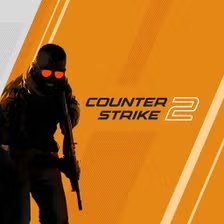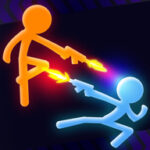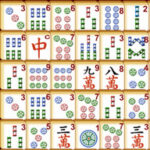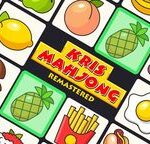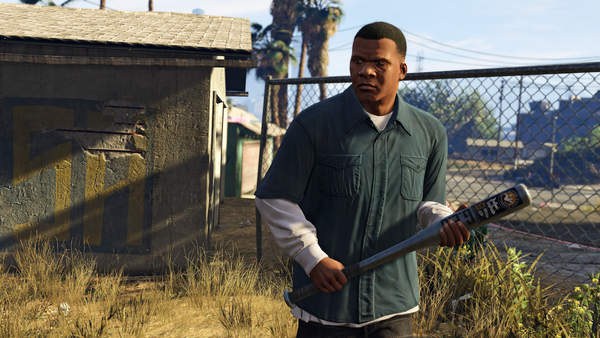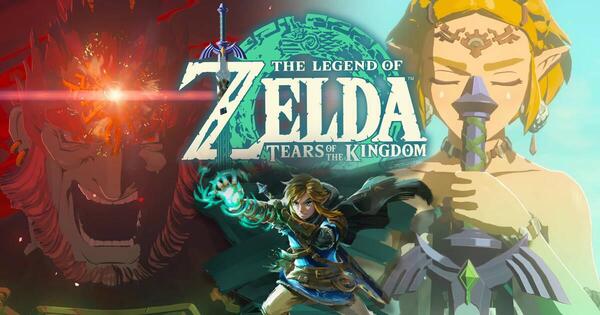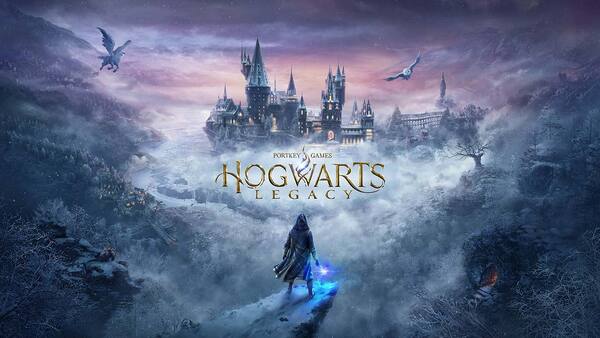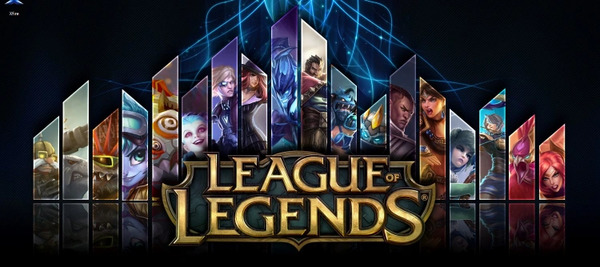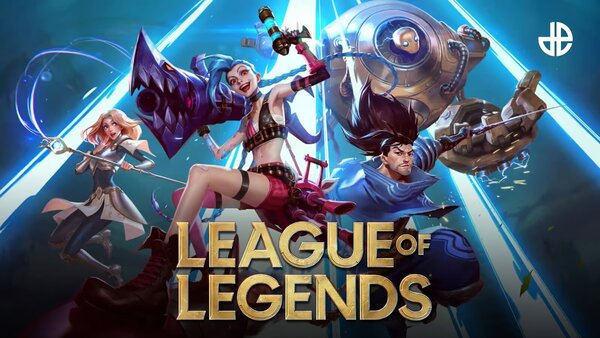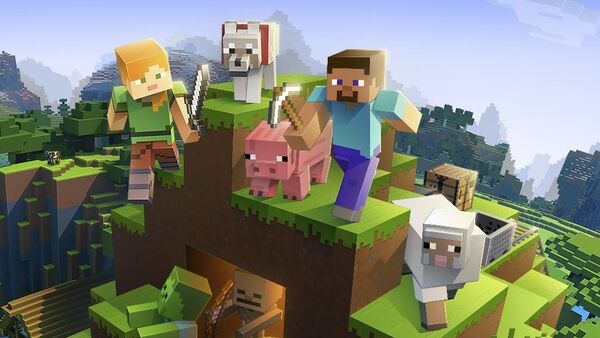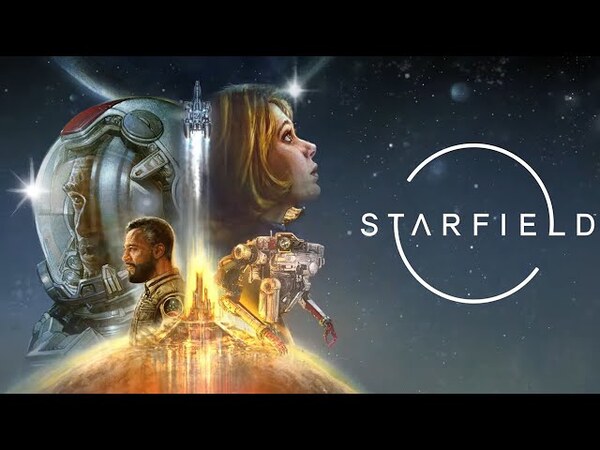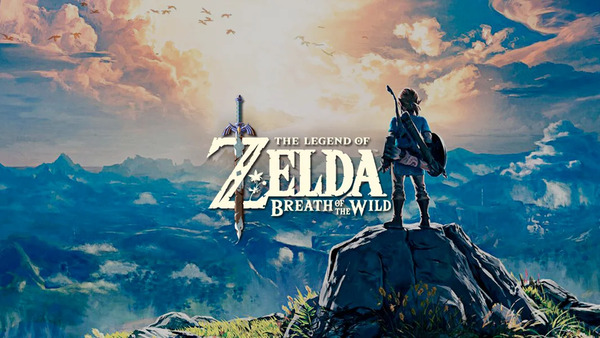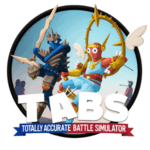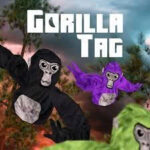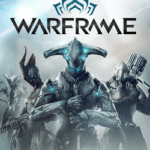Candy Crush Saga has become one of the most iconic and influential mobile games in history. Developed by King and launched in 2012, this match-three puzzle game quickly captured the hearts of millions around the world. Known for its colorful visuals, simple yet addictive mechanics, and ever-growing number of levels, Candy Crush Saga transformed how people interact with mobile games. More than just a casual distraction, it evolved into a multi-billion-dollar franchise and a global cultural phenomenon. With its intuitive gameplay, strategic depth, and constant updates, Candy Crush continues to dominate app store charts and attract new players even more than a decade after its release.
1. Origins of Candy Crush and Its Meteoric Rise
Candy Crush Saga was originally released as a Facebook game in April 2012 before launching on iOS and Android later that year. It built on the popularity of the match-three puzzle genre, taking inspiration from games like Bejeweled but adding new twists, vibrant themes, and social connectivity. Its explosive rise was fueled by the viral nature of Facebook at the time, where players would request lives, compete for high scores, and share their progress. By 2013, Candy Crush had become the most popular game on Facebook, surpassing even FarmVille. Its mobile app topped the App Store and Google Play charts across dozens of countries. Within a year of release, the game was generating over $1 million per day in in-app purchases, redefining the potential of freemium mobile gaming. Rating: 5.0 out of 5 for commercial success and industry impact
2. Core Gameplay Mechanics and Puzzle Design
The core mechanic of Candy Crush Saga is simple: players swap adjacent candies to form matches of three or more of the same color, clearing them from the board and allowing new candies to drop from above. Each level has specific goals, such as reaching a score threshold, removing jelly, or collecting ingredients. Power-ups like striped candies, wrapped candies, and color bombs add strategic depth, allowing players to clear large areas of the board or trigger chain reactions. While early levels are easy and forgiving, the difficulty increases steadily, introducing blockers like chocolate, licorice, and bombs that require careful planning. Candy Crush's level design is both challenging and rewarding, striking a balance between luck and skill that keeps players engaged and coming back for more. Rating: 4.8 out of 5 for accessibility and addictive design
3. Level Progression and Game Structure
Candy Crush is structured into episodes, each containing a set of levels—often around 15 per episode. As of today, there are over 15,000 levels, with new ones added weekly. This expansive level library ensures that dedicated players always have fresh content. Levels gradually introduce new game elements, such as jellyfish, sugar chests, conveyor belts, and portals, creating a sense of constant novelty. Progression is linear, with players unlocking new episodes as they complete previous ones. Additionally, side quests, daily boosters, and special challenge events offer alternate paths for earning rewards and maintaining momentum. This structure gives the game an “endless” feeling while still providing short-term goals that make each play session satisfying. Rating: 4.9 out of 5 for long-term engagement and content volume
4. Visuals, Theme, and Audio Design
Candy Crush’s visual identity is one of its most recognizable features. The game is drenched in bright, saturated colors, candy-themed visuals, and charming animations. Characters like Tiffi and Mr. Toffee guide players through the Candy Kingdom, providing narrative flavor and personality. Each episode has a unique theme, often whimsical or fantastical, keeping the visual presentation fresh. The sound design complements the visuals perfectly, with cheerful music and satisfying sound effects when matching candies or triggering combos. The “sugar crush” victory sequence after completing a level adds a rewarding flourish. While the style may not appeal to everyone, it is purpose-built to be appealing, lighthearted, and instantly recognizable. Rating: 4.7 out of 5 for visual polish and brand identity
5. Monetization, Lives, and In-App Purchases
Candy Crush is free-to-play, but it includes several monetization mechanisms that have sparked both praise and criticism. Players are given five lives to start, and each failed level costs a life. Once they run out, players must either wait for them to regenerate or purchase more. Additional boosters and moves are also available for purchase, offering assistance on particularly tough levels. This model has proven incredibly lucrative—Candy Crush has consistently been among the top-grossing mobile games in the world. However, critics argue that the game subtly pressures players into spending, especially at higher levels where difficulty spikes are more pronounced. While spending is never mandatory, the pay-to-progress temptation is ever-present. Rating: 4.2 out of 5 for revenue generation but aggressive monetization
6. Daily Challenges, Events, and Social Features
To keep players engaged over time, Candy Crush Saga includes a variety of daily events and challenges. The Daily Spin and Treat Calendar provide free boosters, while time-limited events like the “Candy Cup” or “Dexter’s Challenge” add a competitive edge. Players can earn rewards by beating others on leaderboards or completing tasks within a time limit. The game also maintains strong social elements. Players can connect via Facebook to compare scores, send and receive lives, or race to complete episodes. These features encourage regular play and give a sense of community, even in a mostly single-player experience. Rating: 4.6 out of 5 for player retention and engagement tools
7. Accessibility and Cross-Platform Sync
Candy Crush is designed to be played by virtually anyone. Its touch-friendly interface, clear icons, and intuitive mechanics make it accessible to all age groups. It’s available on iOS, Android, and Facebook, with seamless syncing across platforms using a King account or Facebook login. This means players can switch from mobile to desktop and continue their progress without interruption. The game is well-optimized for a wide range of devices, running smoothly on everything from budget smartphones to tablets. The user interface is consistent and readable, making it one of the most inclusive puzzle games available today. Rating: 4.8 out of 5 for cross-device play and usability
8. Candy Crush’s Cultural Impact and Global Reach
Candy Crush Saga has had a profound cultural impact. It introduced millions of casual gamers to mobile gaming and changed the perception of games as a “core gamer” activity. It has been parodied on television shows, referenced in movies, and even used in academic studies on addiction and game design. The game’s success paved the way for countless other match-three titles and helped solidify the freemium model as a dominant business strategy in mobile gaming. King’s acquisition by Activision Blizzard in 2016 for nearly $6 billion was largely driven by Candy Crush’s success. The brand has expanded into merchandise, sequels like Candy Crush Soda Saga and Candy Crush Jelly Saga, and even real-life game shows. Rating: 5.0 out of 5 for cultural significance and business influence
9. Criticisms, Repetitiveness, and Gameplay Fatigue
Despite its popularity, Candy Crush Saga is not without its detractors. One of the most common criticisms is its repetitiveness. While the game introduces new elements, the core loop remains the same, and some players may find it monotonous over time. Others take issue with the randomness of the board generation, which can lead to frustrating situations where success or failure depends more on luck than skill. There are also complaints about artificial difficulty spikes designed to encourage in-app purchases. However, these concerns are balanced by the game’s convenience and casual appeal, which keep it entertaining in short bursts. Rating: 3.8 out of 5 for gameplay depth and repetitiveness
10. The Future of Candy Crush and Its Ongoing Success
Candy Crush Saga shows no signs of slowing down. King continues to release new levels every week, host seasonal events, and introduce new features to keep the experience fresh. The game has transitioned into a live service model, where player feedback, metrics, and data continuously influence development. With mobile gaming becoming more mainstream globally, Candy Crush remains a staple for both casual players and longtime fans. The brand is expanding through cross-promotions, brand collaborations, and potential integrations into broader Activision Blizzard properties. Its staying power lies in its simplicity, polish, and ability to deliver short, satisfying gaming sessions on the go. Rating: 4.9 out of 5 for longevity and brand strength
Conclusion: Candy Crush Saga as the Definitive Casual Game of the Mobile Era
Candy Crush Saga is the quintessential mobile puzzle game. Its intuitive design, charming aesthetic, and massive content catalog make it a perfect example of how to engage players over years—not just weeks. It set the standard for mobile gaming monetization, influenced a generation of developers, and built a brand that continues to resonate across ages and cultures. While it may not offer the depth or variety of core console games, Candy Crush delivers exactly what it promises: quick, engaging, and sometimes addictively sweet fun. Whether you're solving a puzzle on your commute or trying to top your friend's score before bed, Candy Crush remains a satisfying and polished companion in the palm of your hand.
Final Overall Rating: 4.7 out of 5
Candy Crush Saga proves that simple ideas, when executed with excellence, can create legendary games that endure far beyond their initial release.




